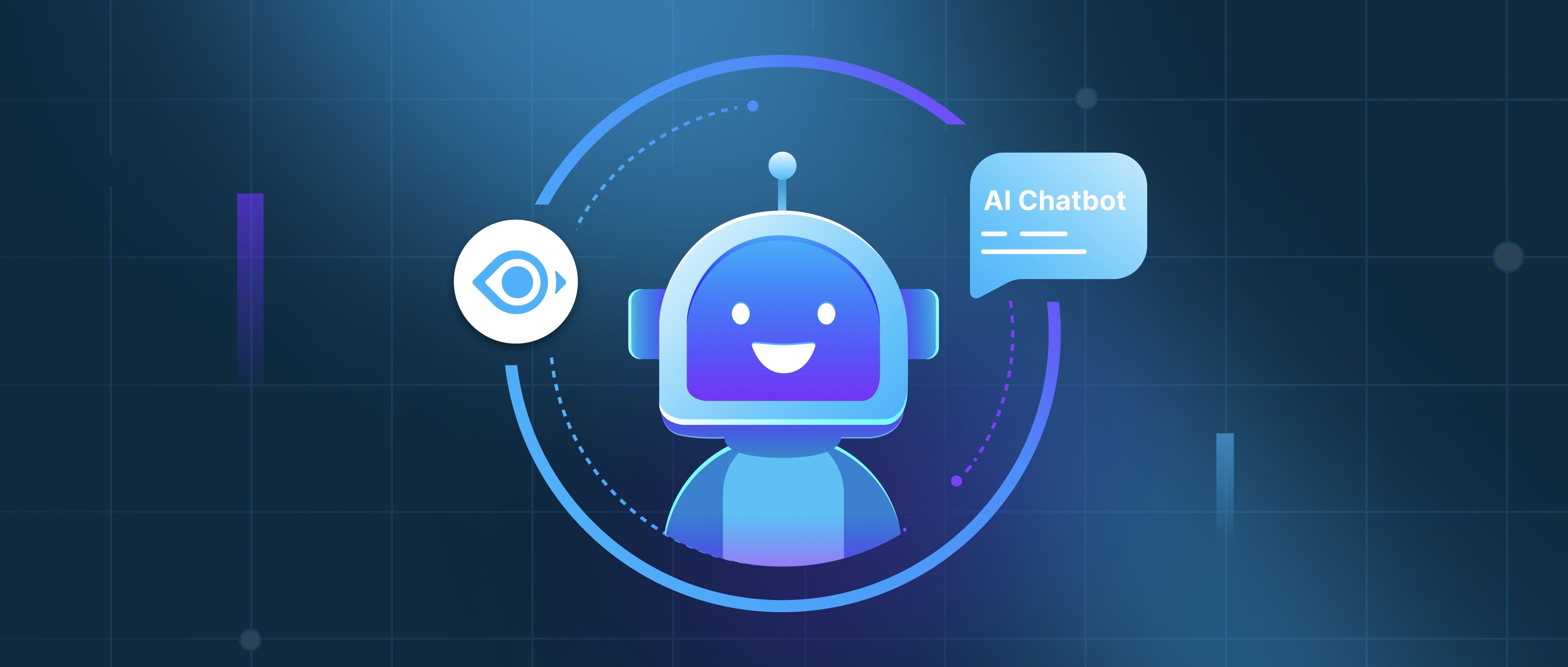CaaS, or Containers as a Service, manages container dependencies by automating the deployment, scaling, and management of applications within containers. It achieves this by using orchestration tools that help track and resolve the relationships between various components of an application. These tools, such as Kubernetes or Docker Swarm, allow developers to define the necessary resources and dependencies for each container. This means that when a container is launched, it can automatically pull in all the required libraries, services, and configurations, ensuring that every part of the application runs smoothly.
For example, when using Kubernetes, developers can create a deployment yaml file that specifies both the application’s containers and their dependencies. The configuration can include details about environment variables, ports, and volumes that need to be mounted. Kubernetes then takes care of ensuring that each container has access to its dependencies. If one of the required services is down, Kubernetes can automatically restart the container or redirect requests to a healthy instance. This automation simplifies the management of dependencies, as developers do not have to manually track which versions of libraries or services their application requires.
Additionally, CaaS platforms often provide built-in registries for storing container images that include all the dependencies needed to run an application. By using these image registries, developers can version their images based on specific dependency versions, ensuring consistency across different environments. For instance, if a project depends on a particular version of a database, the Dockerfile can specify this, and the image is built with that dependency included. This approach minimizes the risk of version conflicts that might arise when running applications in various environments, allowing developers to focus more on building features instead of managing dependencies.
